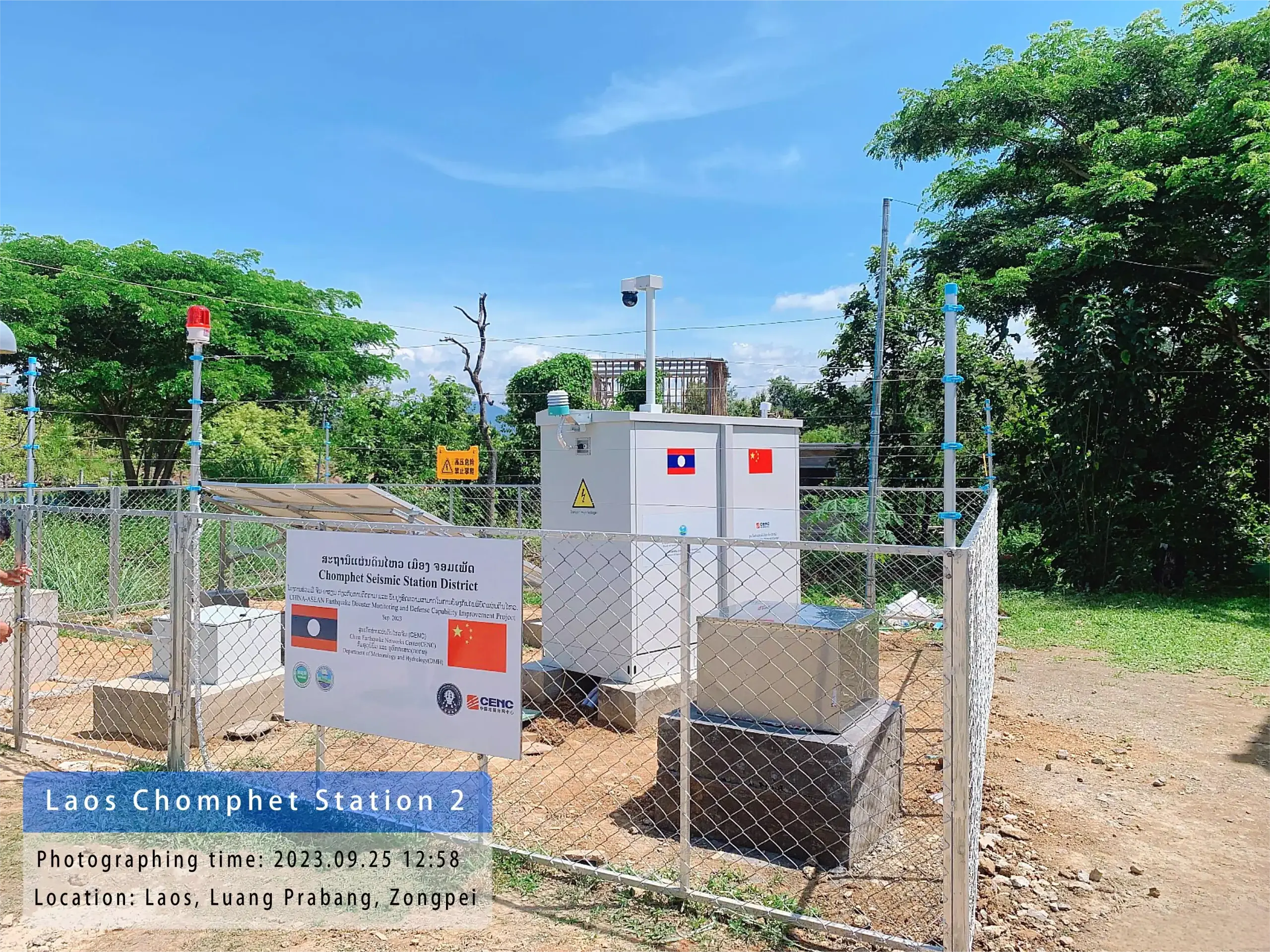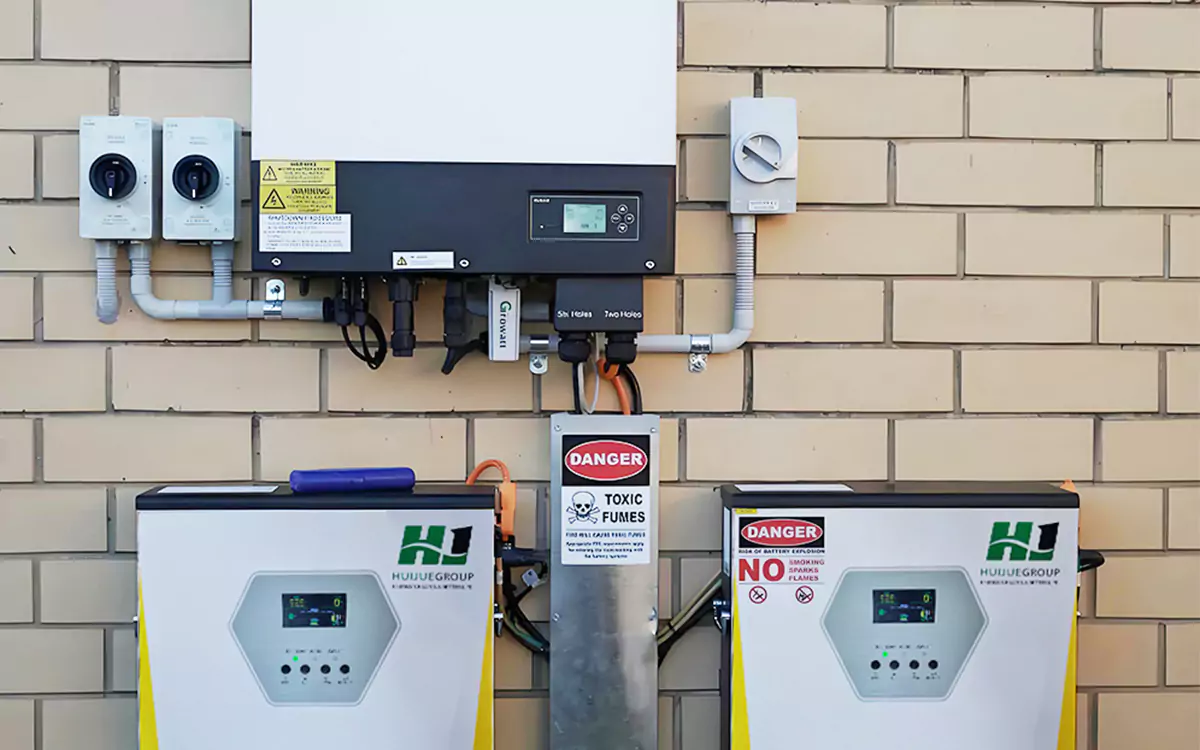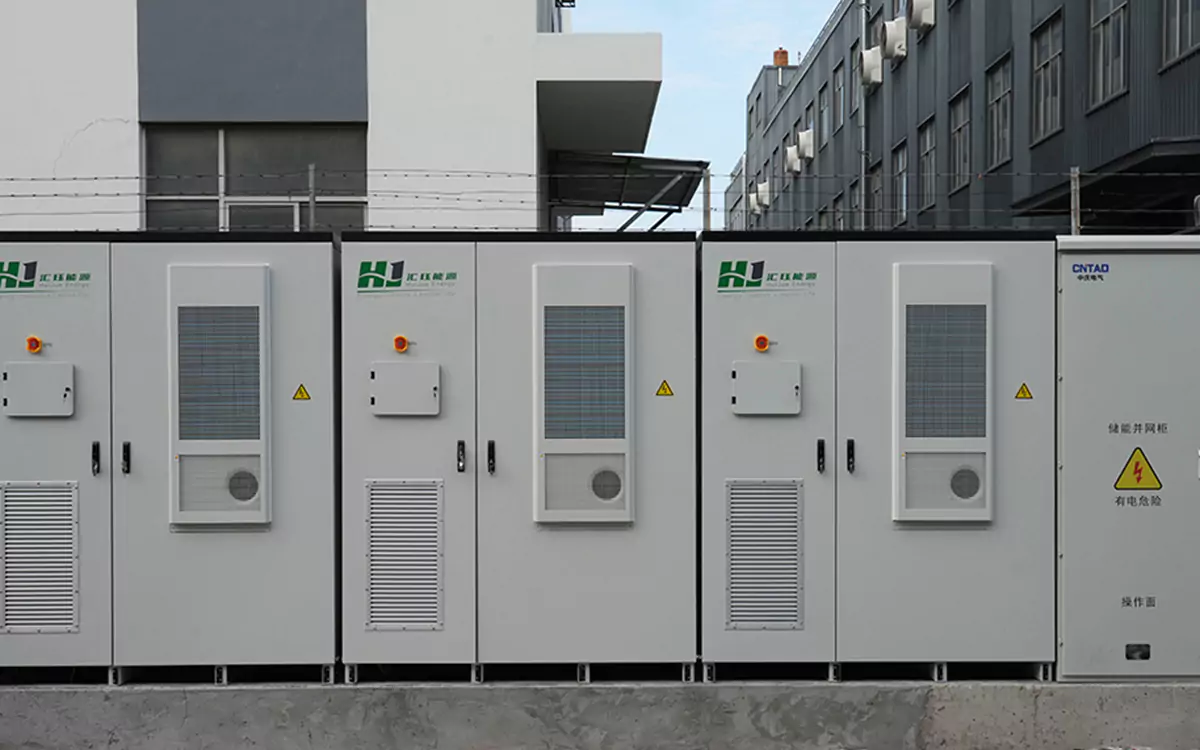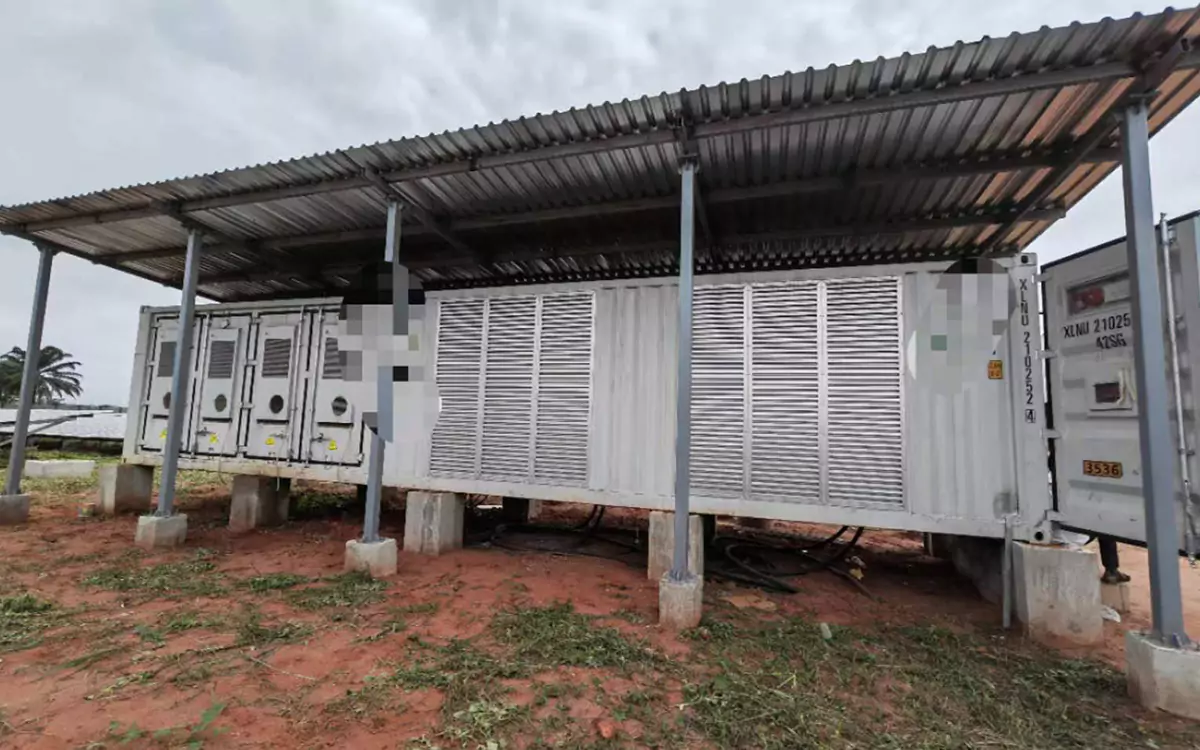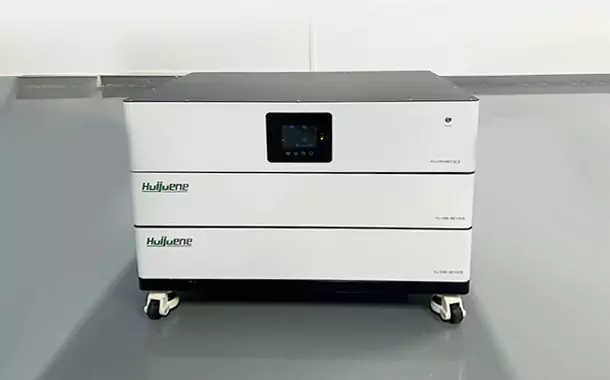Impact of Cost Reduction in Sodium-Ion Batteries on the New Energy Industry
- Accelerating the Rapid Development of the Energy Storage Sector
Reducing Initial Investment Costs for Energy Storage Projects: The decline in sodium-ion battery costs significantly lowers the upfront investment required for energy storage projects. For instance, in a 200MW wind power project, adopting a sodium-ion battery energy storage system could reduce the levelized cost of electricity (LCOE) to CNY 0.25 per kWh, a 37% reduction compared to lithium-ion battery solutions. This cost advantage is expected to attract more enterprises and capital into the energy storage sector, accelerating the construction and adoption of storage projects.
Improving the Economic Viability of Energy Storage Systems: Over their full lifecycle, sodium-ion battery storage systems exhibit 35% lower costs compared to lithium-ion systems, with a 2-year shorter investment payback period. This allows energy storage projects to achieve profitability faster, enhances return on investment (ROI), and drives broader adoption of storage technologies in applications such as grid peak shaving, backup power, and renewable integration.
- Supporting Diversification in the New Energy Vehicle Market
Expanding the Low-Speed Electric Vehicle Market: With lower costs, sodium-ion batteries gain significant cost advantages in low-speed electric vehicles (EVs). For example, sodium-ion-powered two-wheelers could achieve a 40% increase in winter range and a 15% reduction in retail prices, fostering market growth and providing consumers with more affordable and practical transportation options.
Advancing Hybrid Vehicle Technology: Sodium-ion batteries’cost-effectiveness and moderate performance make them suitable for hybrid vehicles. Integrating sodium batteries into hybrid systems could reduce fuel consumption to 3.5 liters per 100 kilometers, lowering manufacturing costs while improving energy efficiency. This innovation is poised to accelerate the development and commercialization of hybrid technologies.
- Promoting Distributed Energy and Microgrid Development
Lowering Costs for Distributed Energy Storage: Sodium-ion batteries’affordability enhances the feasibility of distributed energy systems, such as localized solar and wind energy storage. For example, household energy storage system prices could drop to CNY 1.2 per Wh, driving a 45% annual demand growth in markets like Europe. This enables households to achieve energy self-sufficiency at lower costs, improving the efficiency of distributed renewable energy utilization.
Facilitating Microgrid Deployment: Sodium-ion batteries’economic and technical benefits position them as a key enabler for microgrids, which enhance energy autonomy and stability in localized grids. Reduced battery costs will lower microgrid construction expenses, accelerating their adoption in remote areas, islands, and industrial parks to ensure reliable energy supply.
- Reshaping Competitive Dynamics in the New Energy Industry
Complementary Competition with Lithium-Ion Batteries: Sodium-ion batteries are set to compete with lithium-ion batteries in cost-sensitive applications like grid storage and low-speed EVs, while lithium-ion retains dominance in high-energy-density sectors (e.g., premium EVs). This complementary rivalry will drive innovation and cost optimization across both technologies.
Strengthening Industry Chain Collaboration: The rise of sodium-ion batteries will stimulate synergies across upstream material suppliers (e.g., sodium salts, electrode materials), midstream battery manufacturers, and downstream integrators (e.g., energy storage systems, EVs). This collaborative ecosystem will enhance the competitiveness and innovation capacity of the entire new energy industry.
- Fueling Technological Innovation Across the Sector
Advancing Sodium-Ion Battery Performance: Cost reductions will incentivize R&D efforts to improve sodium-ion batteries’energy density (projected to exceed 200 Wh/kg), low-temperature performance (maintaining over 80% capacity at -40°C), and charging speed (achieving 10-minute fast charging). These advancements will expand sodium-ion batteries’applicability to more demanding use cases.
Spurring Cross-Industry Innovations: Sodium-ion technology’s progress will drive innovations in energy storage system design (e.g., modular architectures), vehicle platform optimization for hybrid and low-speed EVs, and smart grid management strategies, elevating the technical sophistication of the entire new energy ecosystem.
- Enhancing Sustainability in the New Energy Sector
Improving Resource Security: Sodium is abundant in the Earth’s crust and widely distributed, unlike geographically concentrated lithium resources. Widespread adoption of sodium-ion batteries will reduce reliance on lithium, mitigating supply chain risks and supporting long-term industry sustainability.
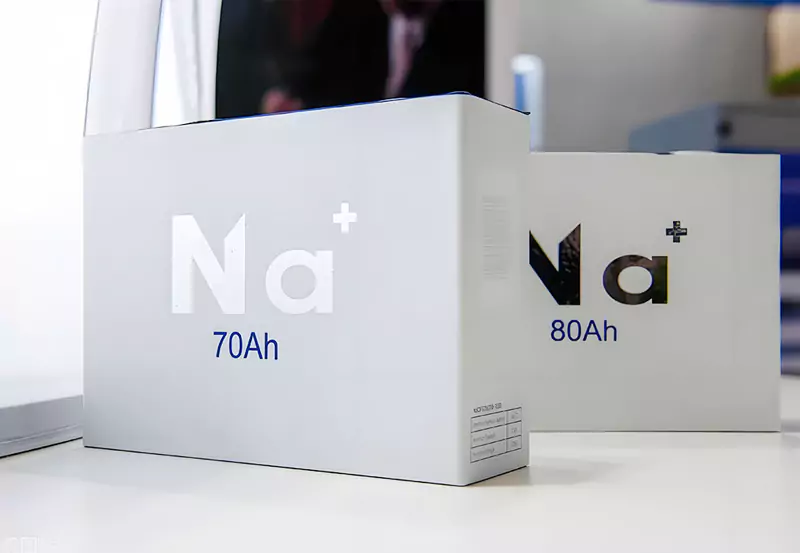
Reducing Environmental Footprints: Sodium-ion batteries involve less environmentally damaging extraction processes compared to lithium-ion batteries. Additionally, their simpler recycling pathways enhance circular economy potential, aligning with global decarbonization and green manufacturing goals.


 +86 13651638099
+86 13651638099

